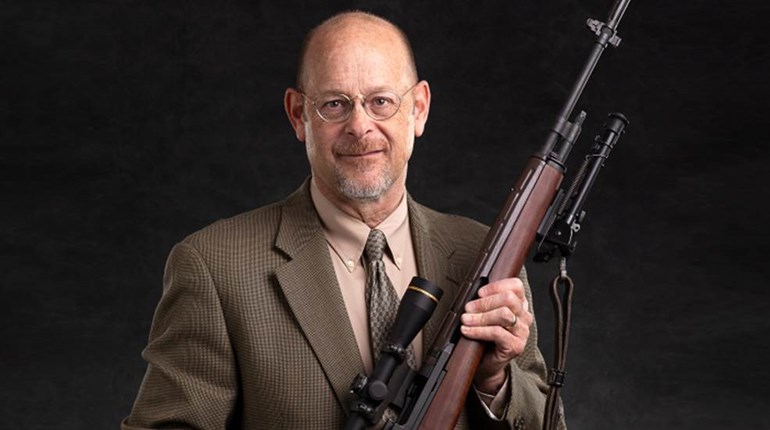
USMC Lt. Col. Chuck Pitman pilots his Sea Knight helicopter carrying New Orleans police officers as they search for the suspect.
As a college student, I majored in English because I had to major in something and I liked to read. In truth, I probably should have chosen history because it’s more fun to read about the battle of Guadalcanal than the Romantic poets. Given a little time, I will almost invariably pick up a military history book. That’s good, except that I have read so much of it I’m starting to forget some of the earlier stuff. That means I must begin this column with an apology—I can’t remember where I first read about a particular medal and now I can’t find the source.
But, there was once a European country that had high regard for bold and aggressive behavior on the part of its senior army commanders. The country sometimes awarded a specific medal for courage in battle—but only if the recipient violated their orders. Sometimes the act of defiance drew a court-martial, but the medal was awarded anyway.
This is not as goofy as it might sound. Military units almost always operate on the basis of a complex and confusing mix of tradition, principle, practicality and devotion. Under the stress of combat, military guys are tempted to improvise in tactics or use of weapons, etc. In other words, they don’t always go “by the book” and obey orders. Often, the disobedience of an order is because the soldier is willing to put his or her own life at much greater risk than usually expected. Even when it’s avoiding the regulation to get something done, it can be disastrous to careers. Let’s look at the actions of a particular Marine—in peacetime—who threw the book away.
Charles “Chuck” Pitman was a veteran of a great deal of combat in Vietnam. He was a helicopter pilot and did three tours of duty in the early days of the war. Although his service was recognized by multiple awards for bravery in the line of duty, Pitman was also known as a superb pilot. He was definitely in the thick of things, as he was shot down on seven occasions. Pitman flew the big troop-carrying helicopters, which often made multiple flights for days on end.
By 1972, Pitman was enjoying a stateside duty station. It was just outside New Orleans and involved flying, which makes all aviators happy. His job was to keep up the equipment and maintain the proficiency of Marine reserve pilots. Now a Lieutenant Colonel, Chuck Pitman was working at his new assignment when the New Year (1973) rolled around. Before midnight on December 31, the city was struck by tragedy in the form of a deranged killer.
Mark Essex was a disgruntled former sailor who had been discharged in February 1971 under less-than-honorable conditions. After leaving the Navy, he had drifted around the country, associating with a number of different anti-establishment militant groups. Settling in New Orleans, Essex’s anger—mostly with police officers—finally got the best of him. He readied himself for a suicidal assault on society.
Essex displayed diabolical cleverness in planning his attack. On New Year’s Eve, he assaulted a New Orleans Police Station, killing one person outright and wounding two others, one of whom later died of his wounds. NOPD went on a city-wide manhunt, but was not able to locate and arrest the killer. A week later, Essex struck again. In a moving fight that ended up on the roof of a hotel, Essex wreaked havoc and caused more fatalities. Before it was over, Essex used the concrete construction of the Howard Johnson’s roof as both cover and concealment.
When Chuck Pitman saw what was happening on that roof, he picked up two crew members and a co-pilot, then flew in a USMC helicopter to the scene. After landing for a conference with police officials, he loaded up with NOPD shooters instead of USMC riflemen and flew to the hotel. It ended when his maneuvering got police officers a clear shot at Essex, who died almost instantly. There are many accounts of this dramatic affair, but seldom is Pitman’s skilled airmanship acknowledged like his courage under fire.
Despite his heroism, his actions drew an official inquiry and even the possibility of strong disciplinary action. The Book does not permit a Lieutenant Colonel to appropriate a helicopter for his own use. Thankfully, wiser heads prevailed and, even though it was a technical breach of regulations, his actions were quietly applauded and did not adversely impact the remainder of his military career. He was a fine and brave man who ran—in this case, flew—to the sound of the fightin’ iron.





































